(NLDO) - The monster found at a phosphate mine in Morocco is a new species belonging to a mysterious group of reptiles called "mosasaurs".
According to Sci-News, fossilized bones of the monster dating back up to 67 million years were unearthed at the Sidi Chennane phosphate mine in Morocco's Khouribga province.
A research team led by the University of Bath (UK) identified it as belonging to the genus Carinodens of the famous group of reptiles called Mosasaur, or "mosasaur".
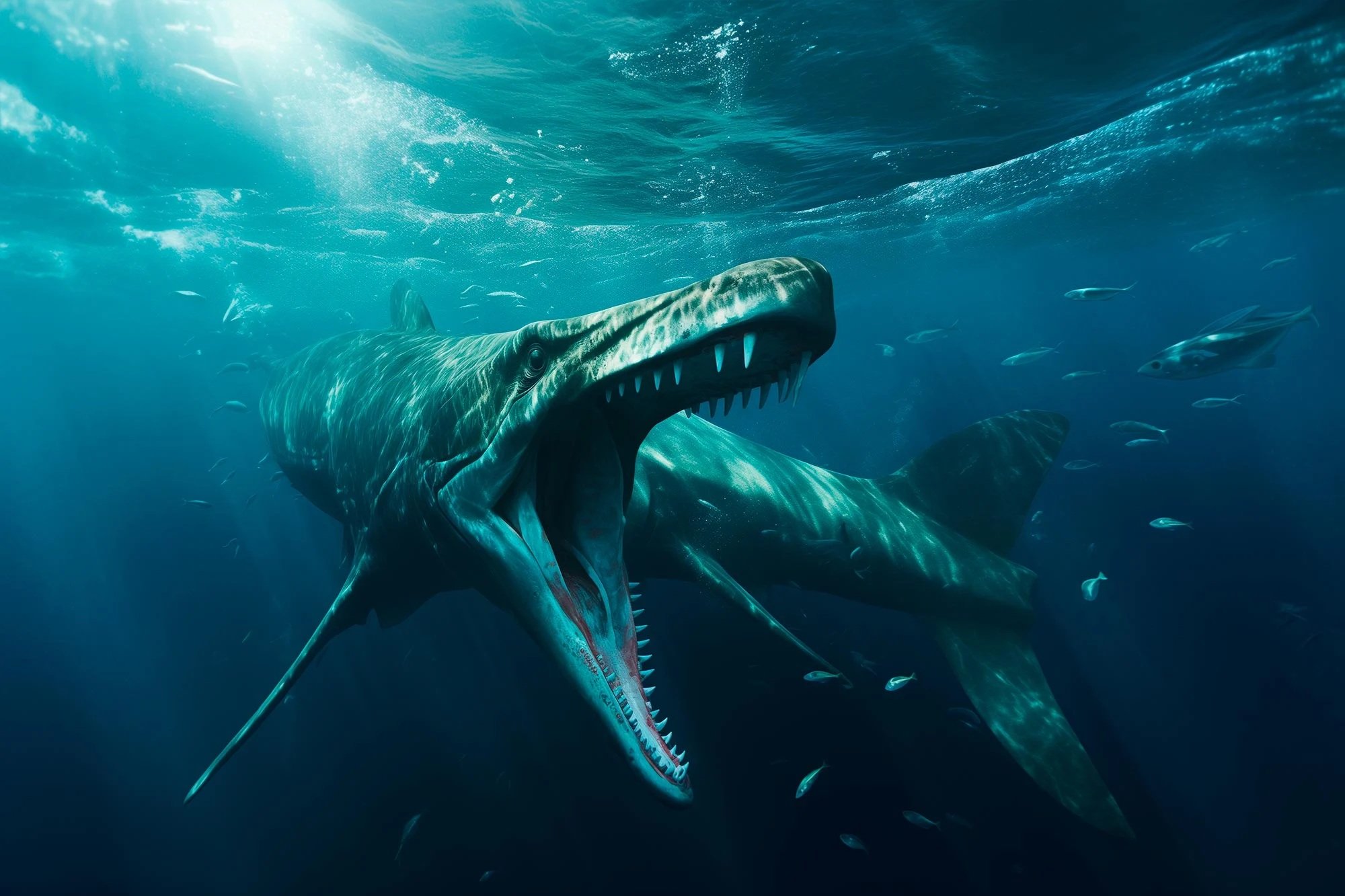
The mosasaur monster - Graphic photo: SCITECH DAILY
Named after the ancient name of "blue dragon", this group of ancient creatures has a body and swimming style quite similar to the mythical sea dragons, but perhaps a much more fearsome version.
“By the end of the Cretaceous, mosasaurs had evolved a wide variety of tooth morphologies,” said paleontologist Nicholas Longrich, who led the study.
These are large conical teeth for capturing and tearing prey, blunt teeth for crushing bones, knife-like and blade-like teeth for stabbing and cutting large prey, saw-like teeth for cutting, bulbous teeth for crushing hard-shelled animals...
The monster discovered in Morocco added to this monstrous collection several rectangular and trapezoidal teeth, which were used as "crushers".
So despite having a body length of only about 2-3 meters - smaller than most other mosasaurs, which could be tens of meters long - this new species was still a formidable predator in the ancient ocean.
It lived 67 million years ago, at the end of the Cretaceous period, the golden age of giant reptiles, including dinosaurs on land, pterosaurs that ruled the skies, and "dragons" such as mosasaurs and ichthyosaurs that churned the seas.
Unfortunately - or fortunately for us - this monster era ended abruptly just 1 million years later by the Chicxulub meteorite disaster.
The new species was named Carinodens acrodon. Compared to its "siblings" in the same genus, its teeth have distinctive details, including some teeth with triangular tops and broad bases.
But like Carinodens, they had long, slender teeth.
This is also the Carinodens specimen with the best set of teeth ever found in the world, including both upper and lower jaws that are well preserved, promising to provide more insights.
Because the teeth of ancient creatures can reveal their diet and their surroundings, through what's left on the enamel and how the teeth are worn.
Two other species of the genus, Carinodens belgicus and Carinodens minalmamar, have been found in several countries, suggesting that the family may have been quite widespread and diverse during the late dinosaurian era on Earth.
The study was recently published in the scientific journal Diversity.
Source: https://nld.com.vn/lo-dien-loai-rong-quai-vat-chua-tung-thay-tren-the-gioi-196250108092034345.htm



![[Photo] Prime Minister Pham Minh Chinh receives Chairman of Skoda Auto Group](https://vstatic.vietnam.vn/vietnam/resource/IMAGE/2025/3/27/298bbec539e346d99329a8c63edd31e5)


![[Photo] Nearly 2,000 people enthusiastically participated in the Olympic Running Day - For the security of the Fatherland](https://vstatic.vietnam.vn/vietnam/resource/IMAGE/2025/3/27/33bed26f570a477daf286b68b14474d4)

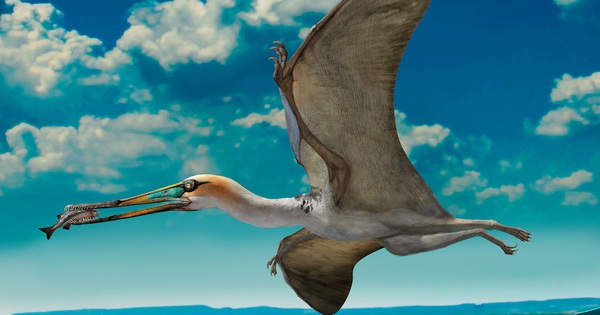
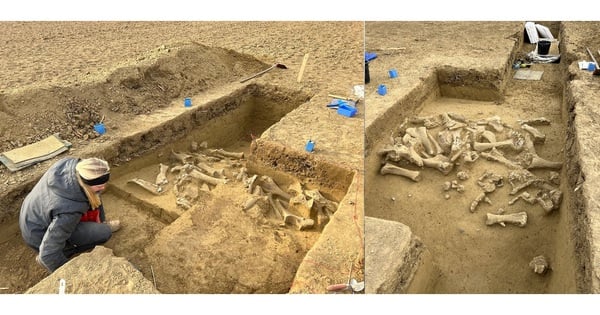

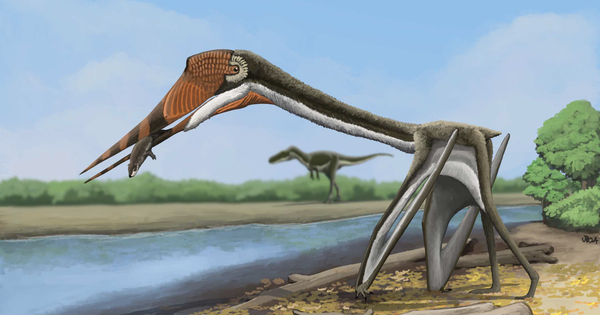
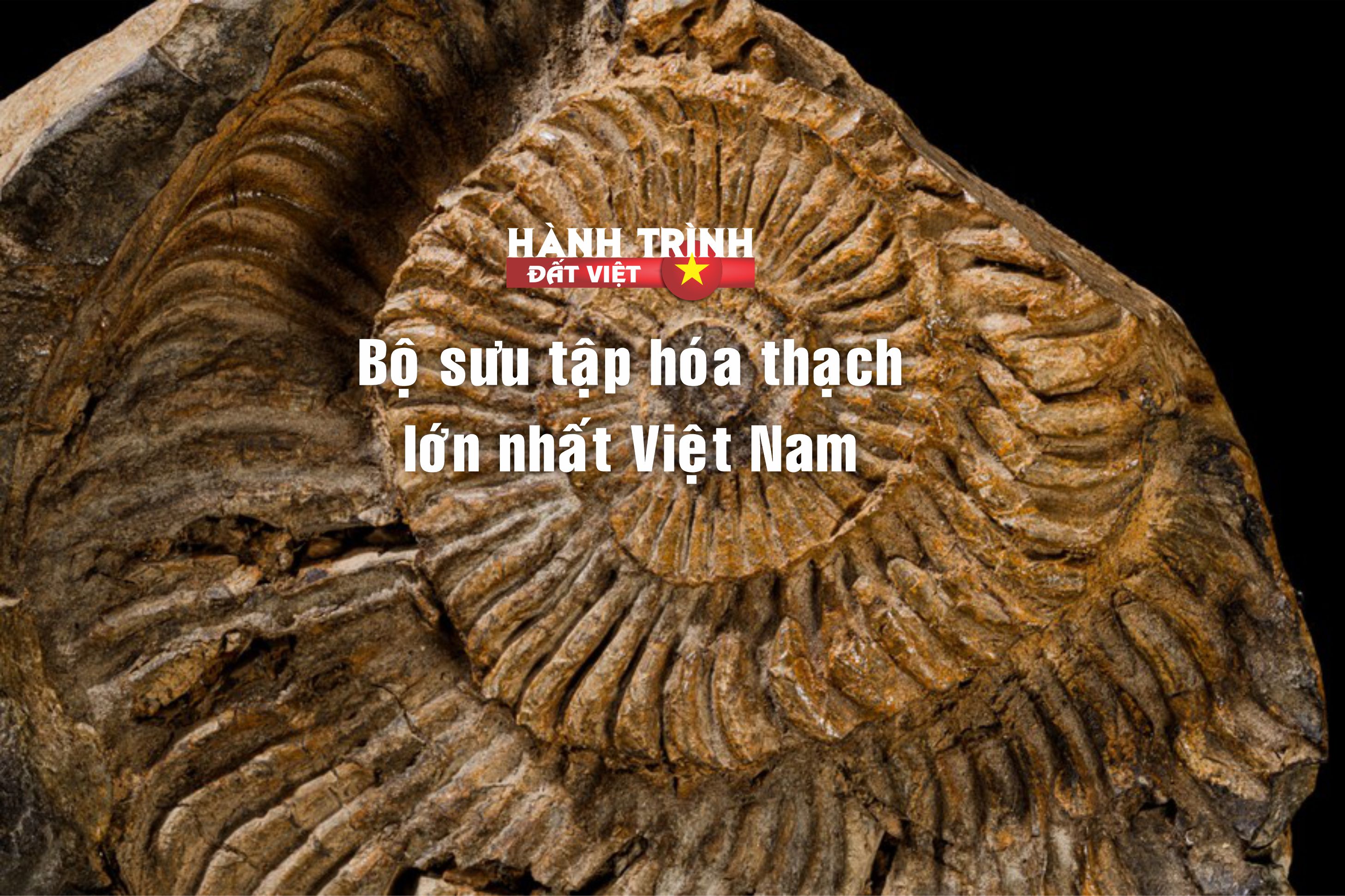

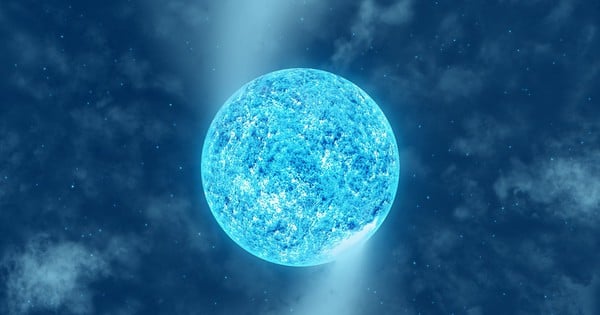













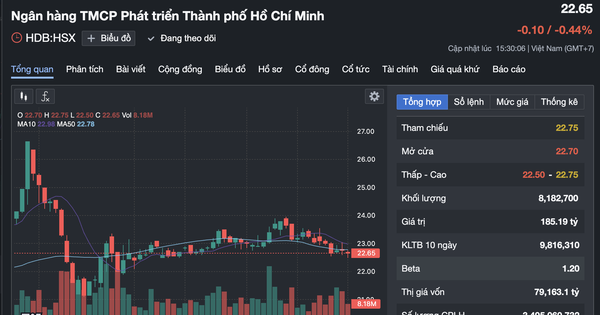


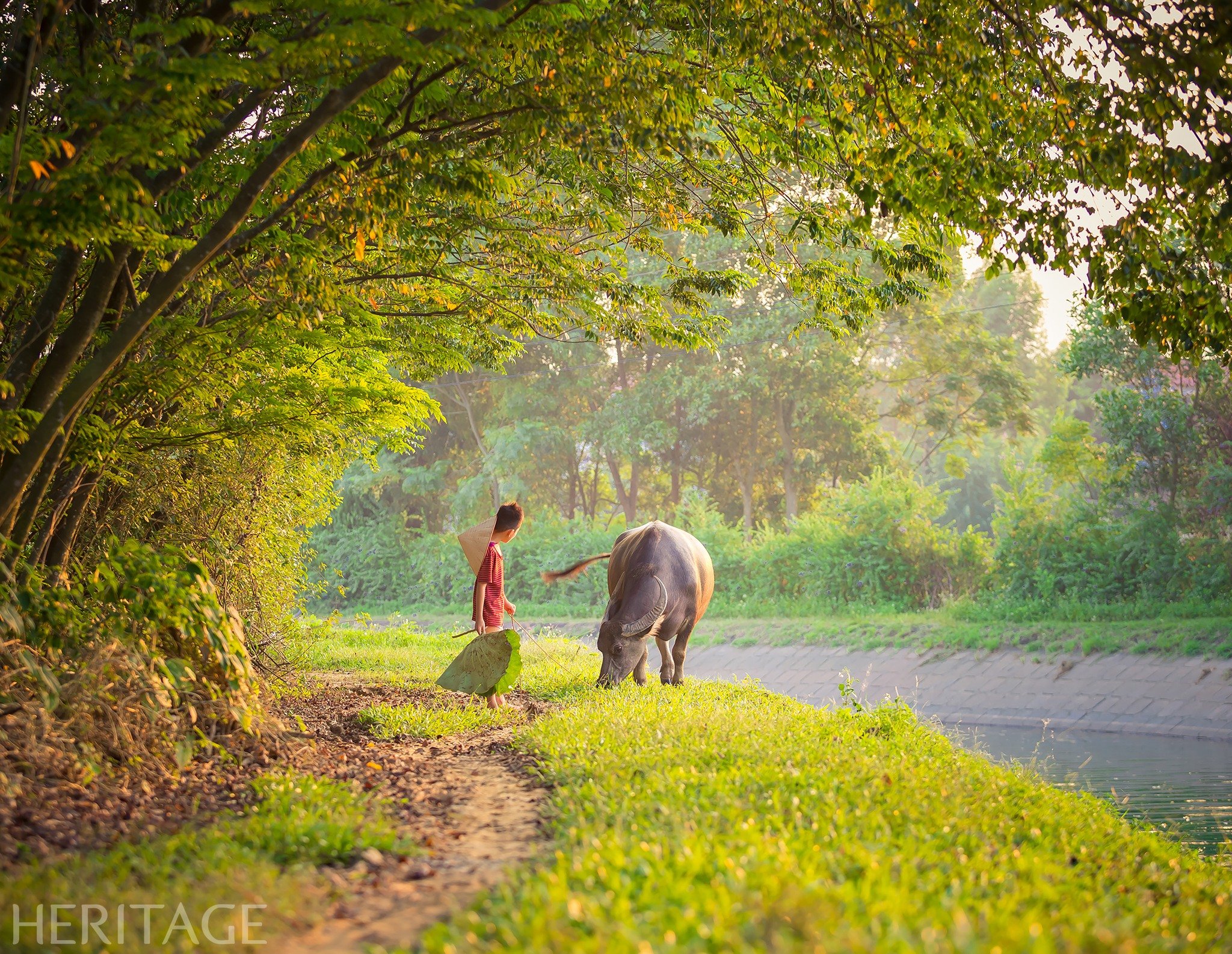




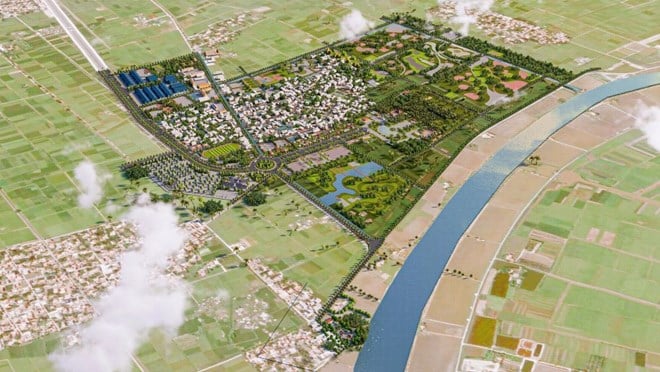


































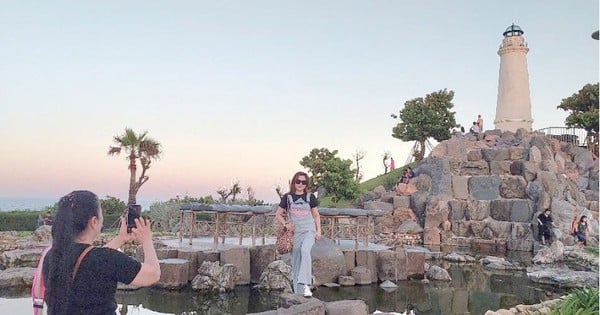






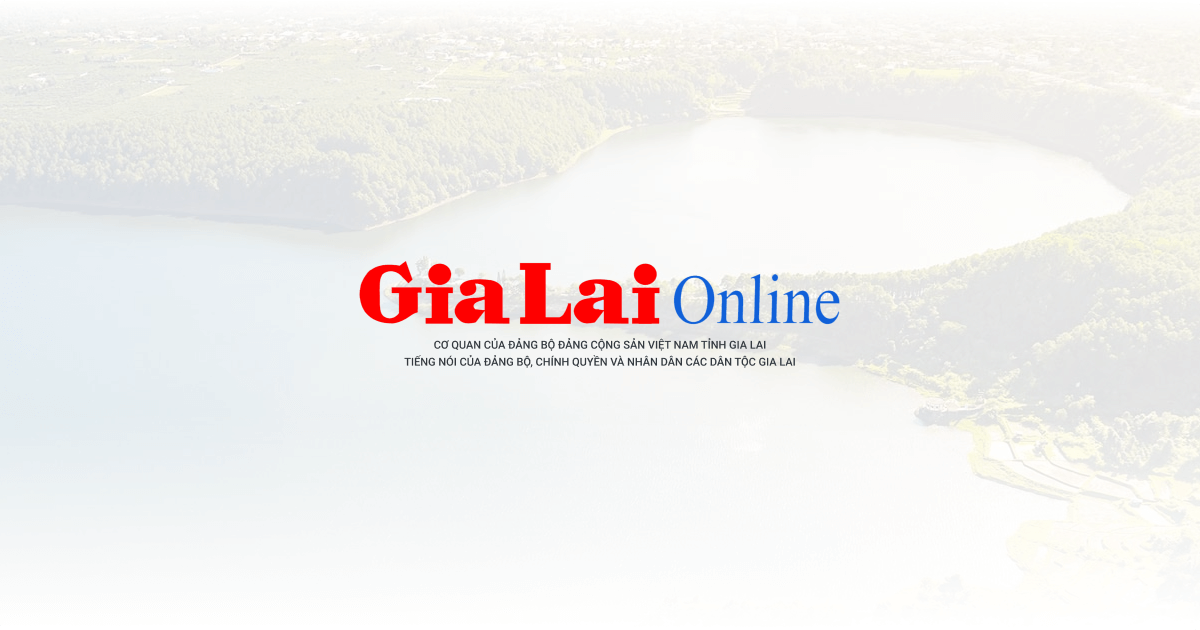




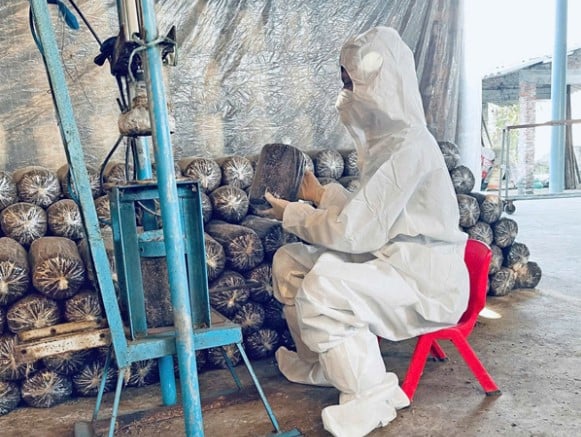







Comment (0)